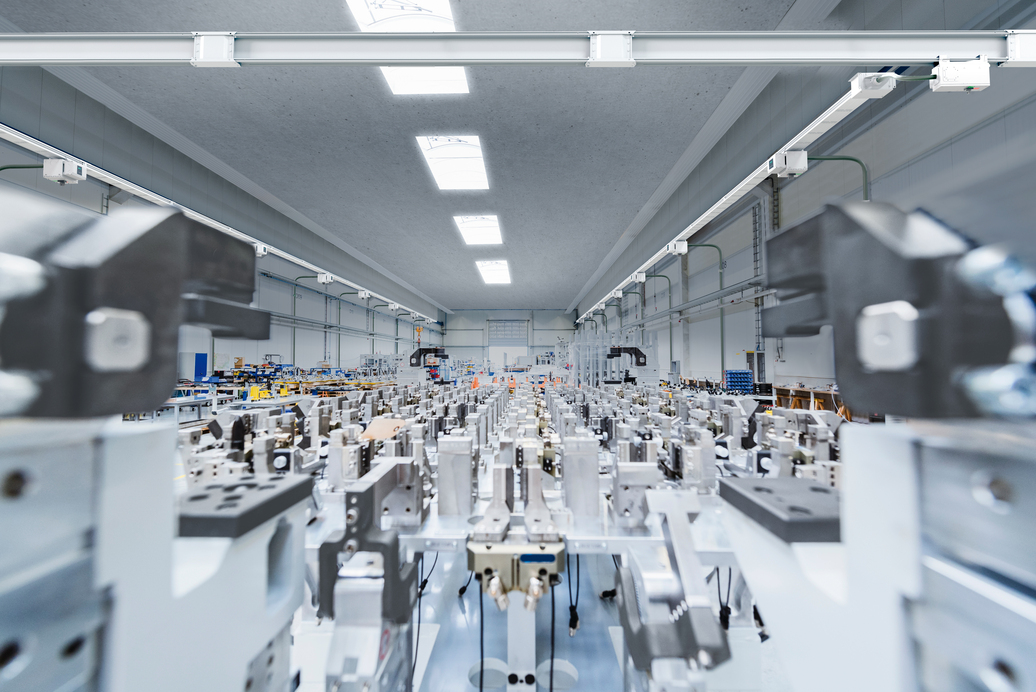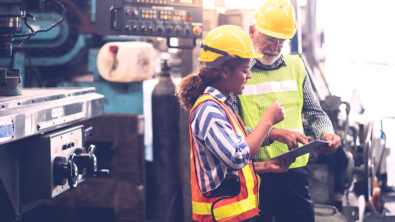Overall equipment effectiveness, operational resiliency and sustainability in the industrial IoT

Organizations have a lot of moving parts, literally and figuratively. In order to stay relevant and face industry challenges, overall equipment effectiveness (OEE) and operational resiliency are two important factors companies need to consider. Then, taking it one step further, their connection to sustainability. The industrial Internet of Things (IoT) has solutions to increase your OEE and resiliency while also helping your organization meet sustainability goals and environmental, social and governance (ESG) requirements.
Mike Denley, Senior Director, Portfolio Management at Siemens Digital Industries Software recently spoke with Futurum about The Role of Industrial IoT in Operational Resiliency. Check out the webcast, or continue reading for a quick overview.
What are overall equipment effectiveness and operational resiliency?
Before we get into how the industrial IoT connects all these factors, let’s take a look at each one. Overall equipment effectiveness (OEE) is a set of KPIs and measures that look at your machines and how effective they are – things like how much uptime they’re taking, the availability of your product line, how much throughput you can make and at what quality. You need an effective system that can maximize your machinery and minimize your waste – including time, money and resources. OEE improves the effectiveness of your equipment, and with effective machines you can then improve your resiliency.
Operational resiliency, put simply, is the ability to adapt to disruption. From typical disruptions like downtime to unprecedented disruptions like the global pandemic, disruptions cause inefficiencies. With the increase in disruptions from supply chain issues to staffing shortages, companies need to be resilient, or they will be left behind.
Operational resiliency is not optional for successful organizations. But success can be found by joining digitalization future. The industrial IoT has solutions to increase your operational resiliency while also starting on your digitalization journey. By implementing IIoT solutions, you will come out stronger and better equipped to face challenges presented by disruption.
With OEE and resiliency comes operational excellence; doing more with less. Generating greater productivity and throughput while using less resources relates directly to sustainability. Operational resiliency goes hand in hand with sustainability – as sustainability is not only about the environment and resources, it’s about long-term viability.
Sustainability enters the conversation
Sustainability is a widely discussed and important topic. To oversimplify a complex concept, at its core sustainability is the idea of doing more with less without impacting the next generation. Sustainability is attained though environmental, social and governance (ESG) initiatives, such as how companies are measured against social goals like CO2 reduction and regulations on resource management. Siemens has many resources and solutions to help your company reach its sustainability goals, while also being transparent about our own goals and practices — check out our guidance here.
The industrial IoT and its role in OEE, resiliency and sustainability
So where does the industrial IoT fit into all of this? By providing solutions that will help your company reach OEE and operational resiliency while meeting sustainability goals and initiatives. And it all starts with collecting data by connecting your machines to the industrial IoT.
An example of this can be found in the digital twin. A digital twin is a virtual representation of a physical thing like a machine or a motor or pump. By taking data directly from your machine and creating a live representation of that asset and its behavior, you can check your expectations and assumptions on the requirements within that operation. Feeding back real live data to optimize the model creates a closed loop.
Companies can use closed-loop digital twins to identify non-optimized operations and resource usage. To go full circle, by identifying these sore points, we can predict and track carbon footprints, even at the design level, thus creating a more resilient, efficient, and sustainable business model.
Further resources on industrial IoT, operational resiliency and OEE
Siemens’ Mike Denley spoke with Futurum about how Insights Hub, Siemens industrial IoT as a service solution, can help your company gather data and move towards a more resilient, efficient and sustainable model. For a deeper look into why being a data driven organization is the key to success and how Insights Hub can help you get the right data and the right technology solutions to gather and test these models, watch the webcast, The Role of Industrial IoT in Operational Resiliency. Then, begin your digitalization journey with Insights Hub, and start for free.


